The cornerstone of human well-being lies in the vitality of our body’s cells, which govern our physical appearance, dermal integrity, holistic health, and vigor. Our bodies rely entirely on the proper functioning of these cells for sustenance.
Cells: The Building Blocks of Life Cells, the most diminutive units of life, orchestrate our biological processes from the moment of fertilization, when a sperm cell encounters an oocyte. Approximately 220 distinct cell types exist in the human body, each characterized by its unique morphology and function. Analogous to bricks that compose a building, cells are the foundational elements that constitute our body as a structure.
From Birth to Adulthood: Cellular Diversity and Proliferation Upon birth, our bodies comprise a myriad of cell types, such as cardiac muscle cells, pancreatic cells, blood cells, and bone cells, each with a designated function. As we mature, our bodies encompass roughly 60 trillion cells. The Weizmann Institute of Science in Israel approximates that our bodies generate, on average, 3.8 million new cells every second, culminating in the production of approximately 330 billion cells daily, predominantly in the form of erythrocytes.

Optimizing Personal Health: Prioritizing Cellular Well-being
Good health, a paramount asset, is contingent upon the quality and functionality of our cells. Hence, it is crucial to emphasize cellular care in the pursuit of optimal well-being. This consideration raises the question: “How do we ensure the health of our cells?”
The Durascience™ Research Institute in the U.S.A. has been examining a scientific principle that endeavors to foster high-quality living throughout all stages of life (Eternity of All Ages). This principle, denoted as C.R.M™ (Cellular Regeneration Matrix), concentrates on the components that contribute to superior cellular quality. The factors influencing C.R.M™ can be categorized into seven key aspects, as delineated below:
Genetics
Heredity governs cellular functions, engendering disparities among individual cells. Each human cell encompasses 23 chromosome pairs, approximately 6 billion DNA base pairs, and 20,000 to 25,000 genes that regulate protein synthesis. Even a minute difference (0.1%) can result in substantial variation in protein production for diverse cellular functions, such as enzymes and neurotransmitters.
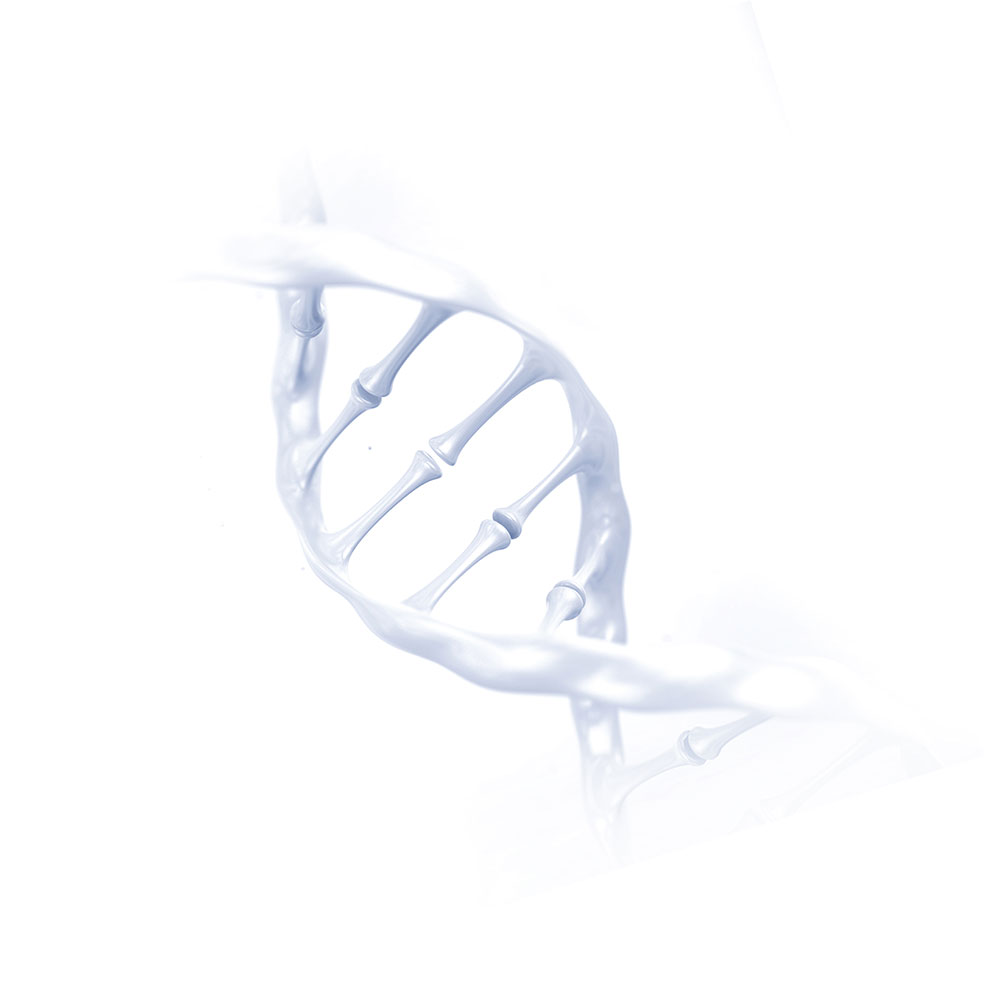
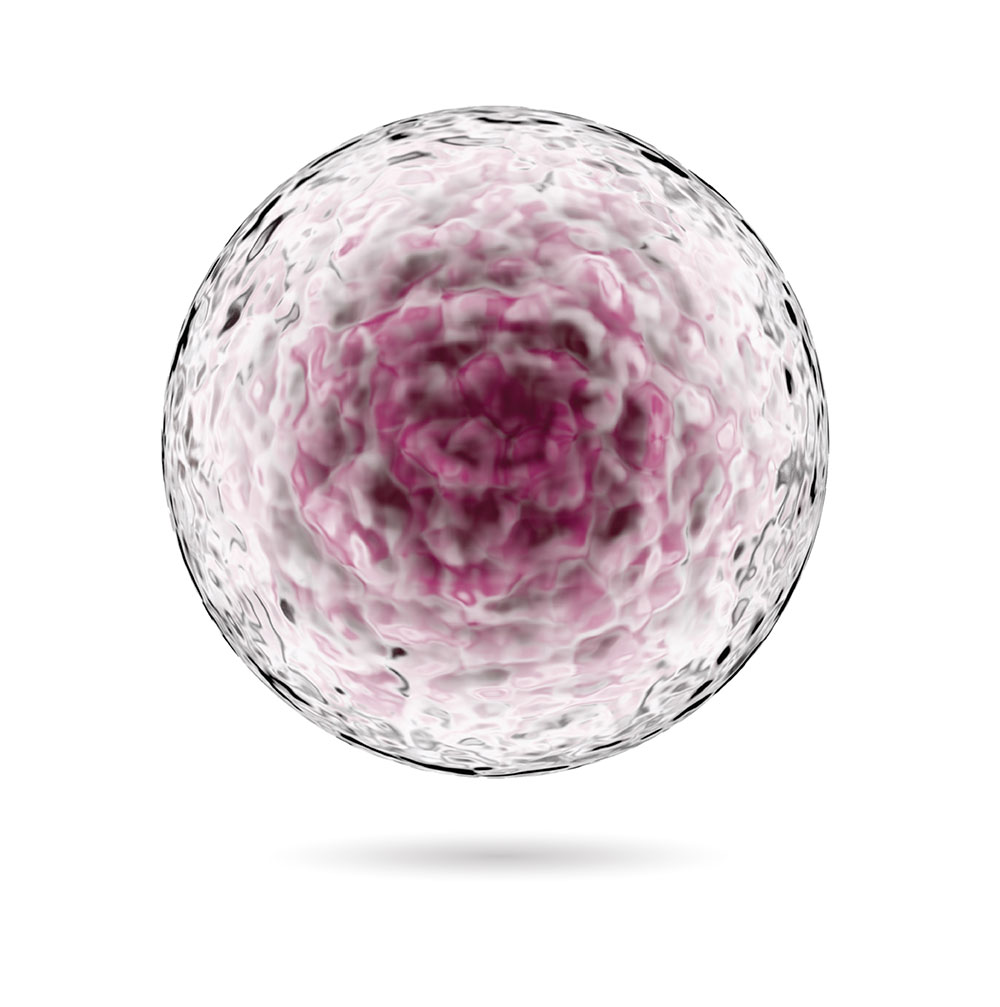
Stem Cell Niche
The stem cell niche constitutes a microenvironment that encircles stem cells, supplying sustenance and facilitating cellular communication. It preserves stem cells in a quiescent state under normal conditions, but activates them to generate new cells when tissues signal the need for regeneration, such as after injury. A healthy stem cell niche is influenced by factors including the extracellular matrix components, growth factors like Fibroblast Growth Factors (FGF), cytokines, pH levels, and oxygen concentration. Effective stem cells bolster cell regeneration, supplant deteriorating cells, and directly impact physical and mental health.
Mitochondria
Mitochondria, cellular organelles with their DNA and independent protein synthesis, are responsible for energy generation for cells, calcium level regulation, and oversight of intracellular metabolism and cell death (apoptosis). Mitochondria are critical for cellular retention, growth, and demise. Aberrations in mitochondrial volume or function can impede cellular retention and are linked to diseases like myasthenia gravis, chronic fatigue syndrome, and genetic disorders.
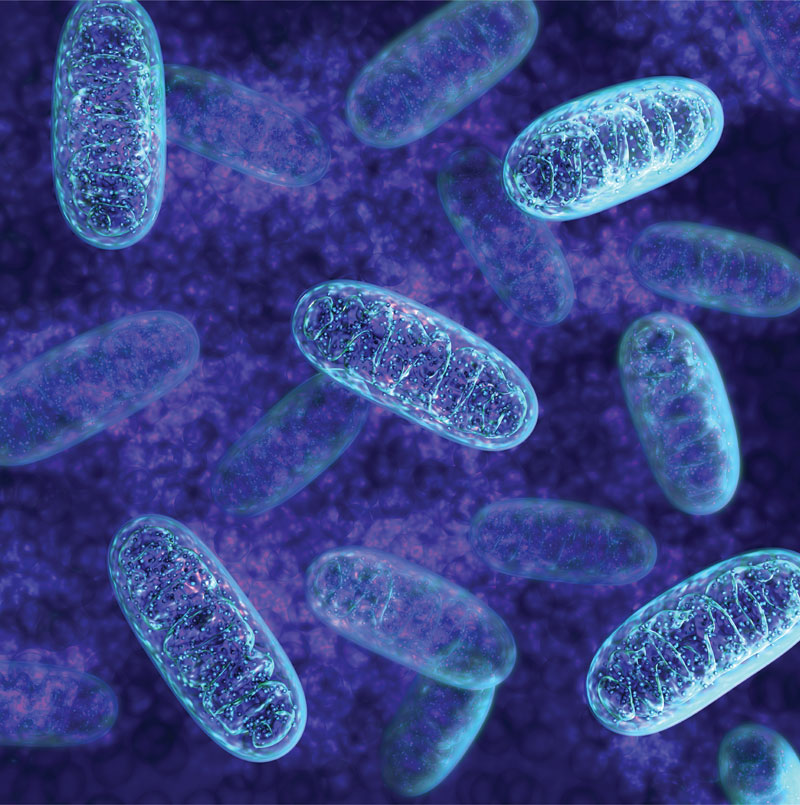
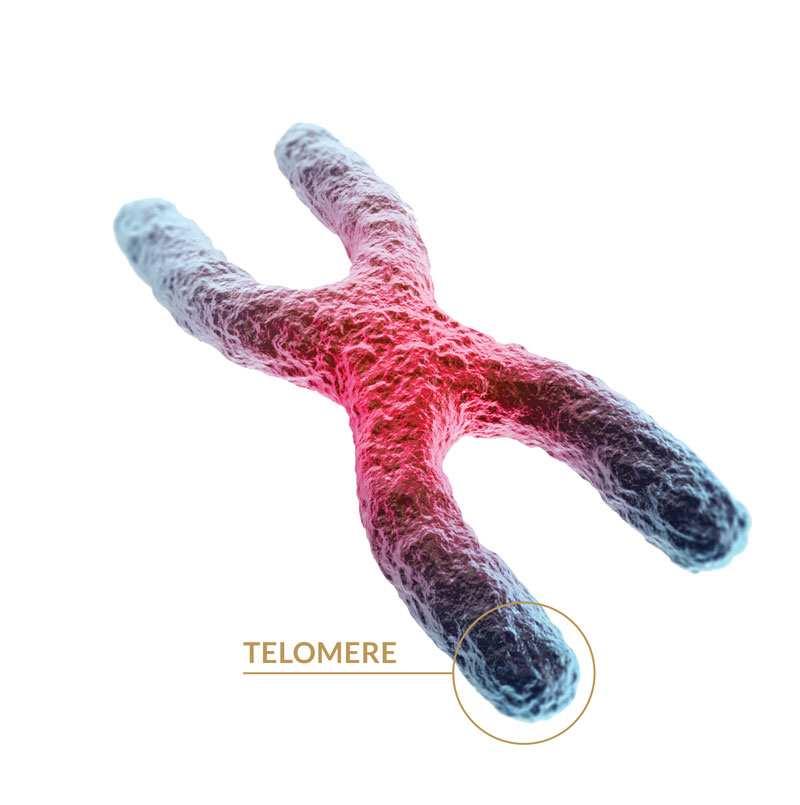
Telomere Wealth Blend
Telomeres serve as protective structures at the termini of DNA, safeguarding its integrity. Each cell division results in telomere attrition, contributing to the aging process. Critically shortened telomeres eventually lose their ability to defend DNA, leading to cellular deterioration, dysfunction, and disease. Stress, obesity, sedentarism, and unhealthy diets can also accelerate telomere shortening. Telomeres function as a cellular clock, indicative of biological aging. Individuals with longer telomeres generally experience superior health, akin to younger individuals.
Cell Protection Blend
Cells are constantly exposed to free radicals, Reactive Oxygen Species (ROS), and Reactive Nitrogen Species (RNS), which stem from both normal cellular metabolism and external contaminants. When free radicals accumulate beyond a critical threshold, oxidative stress ensues, damaging proteins, lipids, and DNA within cells. This results in cellular degeneration, body malfunction, and the onset of severe diseases such as stroke, heart disease, diabetes, and hypertension.
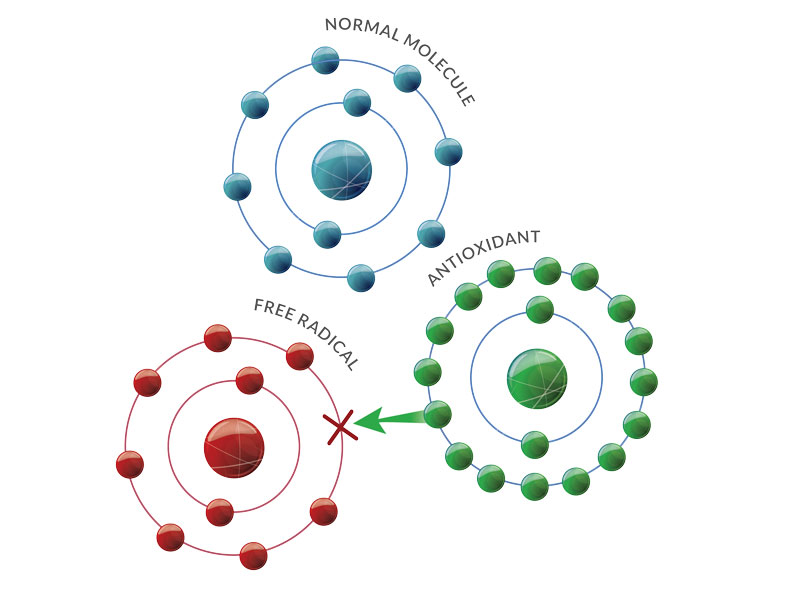
Hormonal Wealth Blend
Hormones play a crucial role in the physical and mental functioning of cells. In 1997, Kuro-o et al. identified Klotho, a protein that acts as both an enzyme and a hormone. Klotho significantly affects aging, atherosclerosis, osteoporosis, and skin wrinkles. Laboratory rats with increased Klotho intake exhibited a 19-31% longer lifespan compared to their counterparts. Klotho modulates calcium balance in cells (Calcium Homeostasis), and its dysfunction can precipitate premature aging, wrinkled skin, deteriorating body FGFsystems, and vascular calcification.
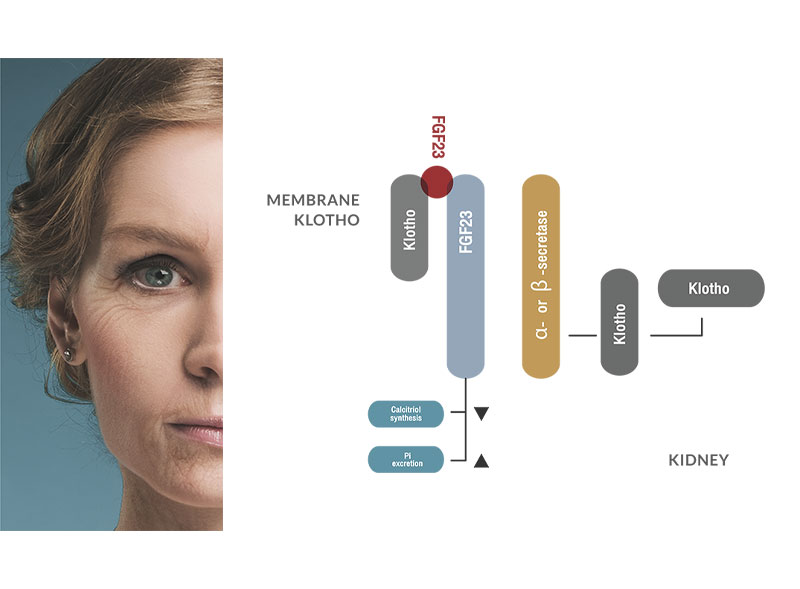
Anticarcinogenic Wealth Blend
Cells persistently operate throughout our lives, and each individual’s life expectancy varies due to unique cellular characteristics. To maintain equilibrium, degeneration and rejuvenation processes must be synchronized, culminating in apoptosis. Aberrant growth of new cells can give rise to tumors. Benign tumors exhibit slow growth and limited development, while malignant tumors or cancer display rapid cellular division and can metastasize to other parts of the body.
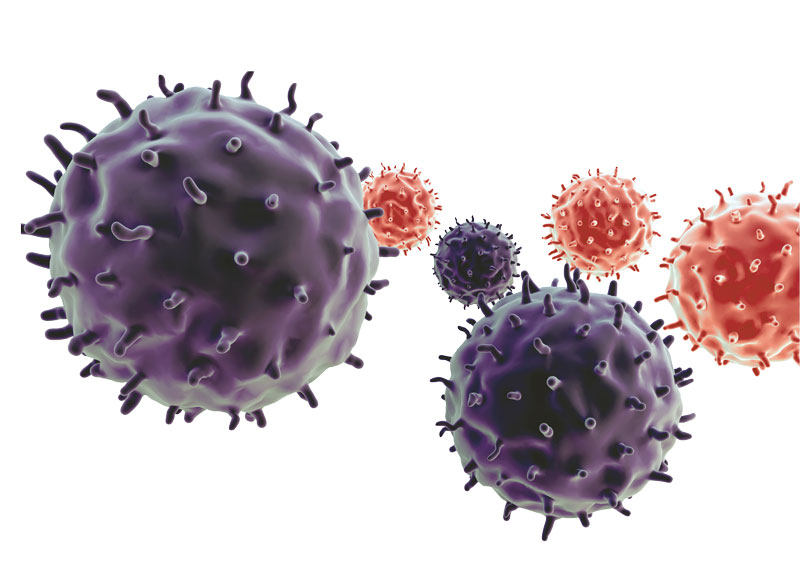
Throughout one’s lifetime, the interplay of factors such as nutrition, environment, and upbringing profoundly shapes physiological development. As individuals age, these influences become increasingly pronounced and challenging to counteract, emphasizing the necessity to determine optimal strategies for maintaining a high-quality existence at every life stage (Eternity of all ages).
During early life, cellular regeneration occurs efficiently, enabling rapid recovery from injuries, wounds, or illnesses. This process is attributed to the abundance of high-quality cell components (C.R.M™). However, after the age of 25, the regeneration capacity declines, with the rate of deterioration varying among individuals based on their C.R.M quality and quantity.
Cell degeneration constitutes a hazardous condition that impacts human physiology. The body originates as a single cell that proliferates into millions, forming organs. While cells naturally undergo cycles of multiplication, regeneration, and degeneration, external factors such as lifestyle, diet, medication, and aging can exacerbate cellular deterioration, resulting in organ dysfunction, disease development, and abnormalities. Negligent behavior and inattention to health are significant contributors to this degenerative process. The onset of cell degeneration typically manifests around or after the age of 25, with contributing factors encompassing unhealthy diets, sedentary lifestyles, stress, sleep deprivation, smoking, alcohol consumption, and exposure to harmful chemicals. These factors trigger excessive free radicals and inflammation, leading to progressive cellular and overall health deterioration, thereby increasing the risk of developing severe diseases. Three notable risk groups warrant attention:
- Working-age Population: Despite possessing healthy and capable bodies, individuals in this demographic experience various work-related stresses, family pressures, and financial concerns, collectively contributing to “internal stress.” Additionally, cellular stress often arises subconsciously, stemming from hectic lifestyles, inadequate nutrition, and insufficient exercise and sleep. The pervasiveness of internet and social media usage further exacerbates stress levels. Cumulatively, these factors induce cellular inflammation, resulting in the decline of vital cells and organs. Symptoms such as sleep disturbances, cognitive fog, difficulty concentrating, body aches, depression, boredom, and altered physical appearance (e.g., weight gain, dull and wrinkled skin) may signify the commencement of early cell degeneration.
- Clinical Population: Individuals undergoing treatment for existing illnesses, particularly those requiring chemical drugs, may inadvertently experience the destruction of healthy cells alongside the targeted harmful ones. Such collateral damage can lead to adverse side effects, including a weakened body and compromised immune system, potentially resulting in complications. This phenomenon is frequently observed among cancer patients receiving chemotherapy. To mitigate these effects, patients should adhere to a balanced diet, ensure adequate sleep, maintain proper hygiene, engage in mild exercise, and practice mindfulness to repair and augment the quantity of healthy cells in their bodies. These measures can help reduce complications and enhance treatment efficacy.
- Geriatric Population: In older individuals, the majority of cells have reached a degenerative state. Some cell types, such as cardiac muscle cells, eye lenses, retina cells, auditory organs, joint bones, and brain neurons, lose their regenerative capacity, rendering them unable to replace deteriorating or damaged cells. This decline manifests in increased health risks for seniors, including a higher incidence of Alzheimer’s disease among postmenopausal women. Vision problems, blurred vision, and light sensitivity may also arise due to reduced elasticity in eye lenses and the decline of retinal photoreceptor cells, resulting in light sensitivity.
Heredity is a genetic factor influencing our physical condition that we can’t control after birth; it’s a lineage inherited from our predecessors. Children with advantageous genetics tend to have robust health and normal growth, recuperating swiftly from illnesses. Consequently, genetic traits are pivotal in a child’s development, varying based on the genetic lineage received from their parents. As they grow older, their genetic expression will reveal dominant and recessive genes throughout their lives. If the passed-on genes are beneficial, the physical condition remains robust, reducing the likelihood of age-related illnesses. This allows for a healthy and independent lifestyle, reducing burdens on their offspring.

Heredity is a genetic factor influencing our physical condition that we can’t control after birth; it’s a lineage inherited from our predecessors. Children with advantageous genetics tend to have robust health and normal growth, recuperating swiftly from illnesses. Consequently, genetic traits are pivotal in a child’s development, varying based on the genetic lineage received from their parents. As they grow older, their genetic expression will reveal dominant and recessive genes throughout their lives. If the passed-on genes are beneficial, the physical condition remains robust, reducing the likelihood of age-related illnesses. This allows for a healthy and independent lifestyle, reducing burdens on their offspring.
Mitochondria are cellular energy factories, synthesizing proteins and fats. Most prevalent in cardiac muscles, robust mitochondria permit cells to optimally generate energy for reserve use, aiding the immune system in fighting off harmful free radicals. Mitochondria also regulate intracellular calcium balance, ensuring normal function of other bodily systems.
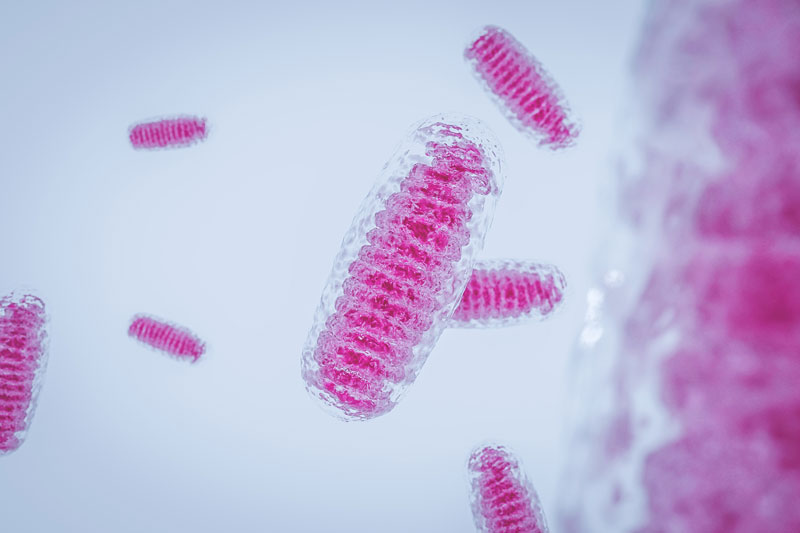
The length of telomeres, the protective elements of our chromosomes, indicates a human cell’s life expectancy. Shorter telomeres offer reduced chromosome protection, leading to a decline in chromosome function, thereby affecting the production of crucial enzymes, hormones, and proteins. This, in turn, triggers a cascade of cellular failures, precipitating conditions like premature aging, hypertension, and vascular degeneration.
The body necessitates various hormones (hormonal blends) to stimulate cells to function properly. This is especially pertinent in children’s bodies, which require hormones for muscle and tissue growth during physical development. Without a healthy hormonal system, growth and development become disrupted. Children with dysfunctional hormonal systems experience delayed growth. Similarly, adults with hormonal imbalances may suffer mood swings and cognitive deficits.
According to research on the Klotho Hormone, lower levels of this hormone are directly associated with premature degeneration, premature aging, and several physical and mental conditions such as stress and depression.
The Cell Protection Blend plays a critical role in shielding the body from free radicals. Efficient performance safeguards cells from disturbances and damages inflicted by free radicals. Conversely, if the Cell Protection Blend fails or performs inadequately, the normal defense mechanism against free radicals becomes compromised. Consequently, cells expire more rapidly, displaying physical and mental phenotypes and heightening the risk of degenerative diseases such as hypertension, atherosclerosis, diabetes, cancer, among others.
The Consequences of C.R.M™ Component Deficiency
Having favorable genetic traits is integral to human health. Without these beneficial genes, an individual could face a range of health disadvantages, including increased susceptibility to illness, slower recovery from injuries or diseases, or the development of severe conditions such as thalassemia, hemophilia, or early onset dementia.

A deficiency in an effective stem cell niche system can result in stunted growth, characterized by a slower increase in height and weight due to inadequate cell multiplication. This also impacts the body’s capacity to heal, leading to prolonged healing periods, the formation of dark spots or scars on the skin, and impaired muscle and organ function. As a person matures, their self-healing capability and cellular production across all tissues and organs deteriorate, making them more vulnerable to stress, fatigue, and depression compared to a healthy individual.
An absence of a healthy Mitochondrial Blend can lead to inconsistent and unpredictable cellular behavior, analogous to an electronic device operating with an unstable power supply. This results in reduced efficiency in eliminating free radicals and a critical decrease in the calcium balance within cells, disrupting their function and leading to chronic fatigue. High calcium levels within cells can cause cellular degeneration, potentially triggering Mitochondrial Diseases, including seizures, macular degeneration, cardiomyopathy, and limb weakness.

The longevity of our chromosomes is safeguarded by the length of the telomere blend, a crucial part of the chromosome that signifies the lifespan of a human cell. A shorter telomere blend indicates an expedited cessation of chromosome protection, compromising the production of enzymes, hormones, and essential proteins, leading to system-wide cellular failure. This can cause premature aging and diseases like high blood pressure and atherosclerosis.
The absence of a functional cell protection blend, responsible for free radical defense, can result in free radicals causing damage to cells and chromosomes. This deficiency can cause cells to degenerate or die earlier than expected, manifesting in physical and mental symptoms. Individuals with a compromised cell protection blend have a higher likelihood of developing high blood pressure, atherosclerosis, diabetes, or cancer.
Our bodies require a steady supply of various hormones (hormonal blend) to stimulate and activate cells across the body. This is especially important during childhood, as physical development necessitates active cells to form tissues and muscles. A malfunctioning hormonal system can negatively impact cellular function, leading to delayed growth and pituitary development in children. Adults with hormonal irregularities may experience a compromised cellular system, mood fluctuations, and lower-than-average intelligence levels.
Deficiency of the Klotho hormone is associated with cellular degeneration and premature aging, as well as mental health issues such as stress and depression.

Innovative and Effective Approaches in Modern Medicine
The evolution of medical science has paved the way for new specialties, particularly those associated with birth and the human body, such as genetics. Genetic engineering, a subfield of this study, primarily concentrates on enhancing and modifying genetics. One crucial breakthrough was the discovery of a genetic modification in bacteria that defends against viral attacks using an enzyme known as Cas9 nuclease. This innovation signifies a significant step forward in health technology, facilitating the treatment of individuals born with genetic defects or those who developed the disorder during childhood.
For instance, patients with thalassemia can now consider genetic modifications as an alternative treatment. This innovative approach may potentially diminish the necessity for blood transfusions, mitigate craniofacial abnormalities and iron overload, and bolster expected growth in pediatric patients. However, this treatment remains exclusive and costly at this stage.
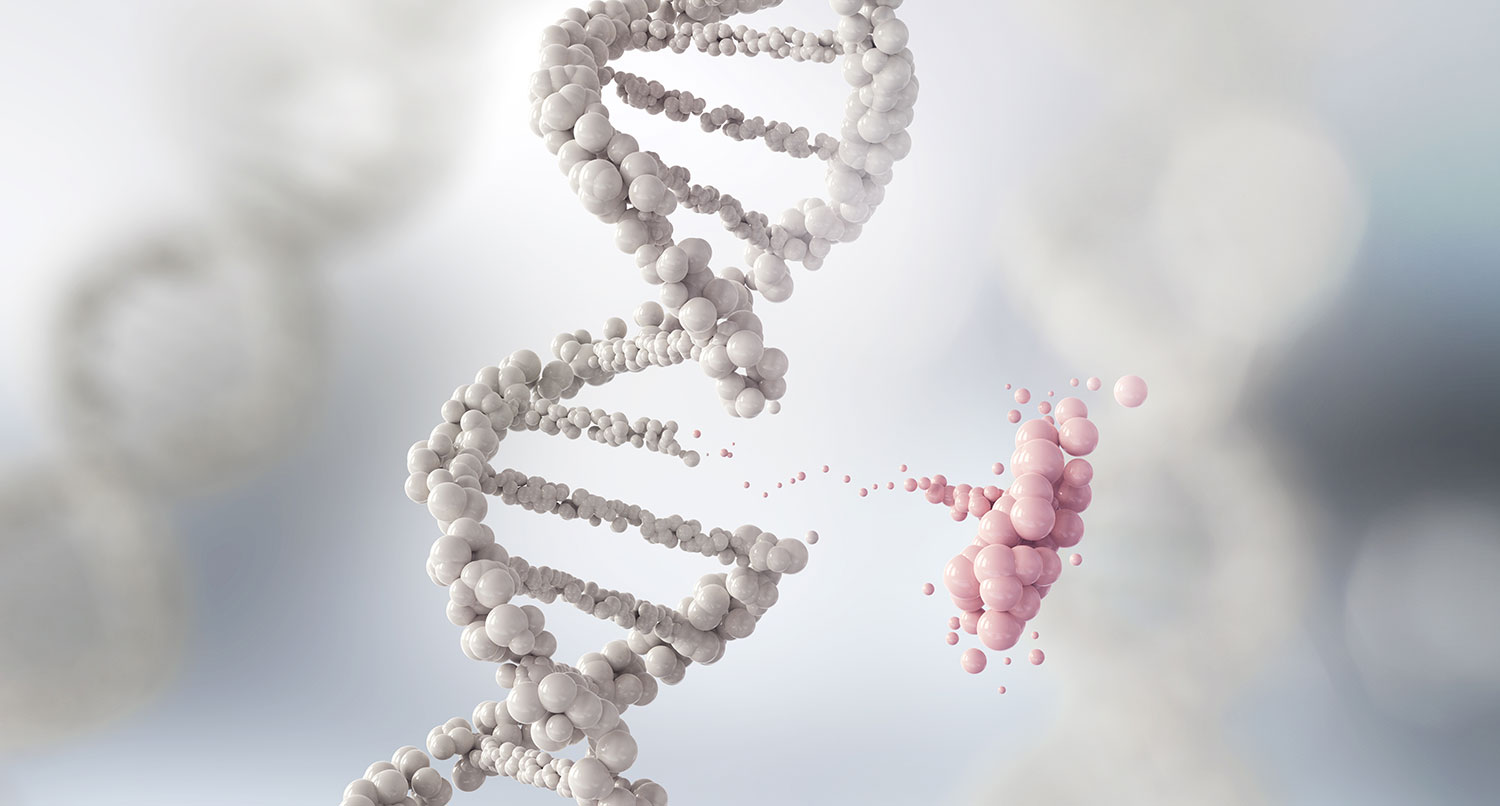
As scientific advancements continue, it is anticipated that gene-editing techniques, such as CRISPR or others yet to be discovered, will present new treatment options for genetic diseases in the future.

Stem Cell Therapy, another revolutionary advancement in medicine, has shown promise in treating diseases like dementia. The therapeutic approach is based on introducing healthy stem cells into an organ to trigger the regeneration of normal cells within that organ. While currently approved only for specific blood diseases in regions like Thailand, the potential applications for other conditions are being actively researched.
Additionally, essential factors like BDNF (Brain-Derived Neurotrophic Factor), EGF (Epidermal Growth Factor), and Fibroblast Growth Factors (FGF) can positively impact stem cell functionality. These components highlight the significance of FGFs in our bodies’ stem cell functions.
Mitochondria Blend Restoration focuses on rejuvenating the mitochondria blend to its optimal state. According to research, successful restoration hinges upon the following factors:
- Regulation of the electromechanical and chemical balance of mitochondrial membranes.
- Equilibrium of the electron transport chain.
- Supervision of the transmission of metabolites within mitochondria.
Several studies have determined that the mitochondria blend can be restored by supplying essential nutrients (critical co-factors in the process of energy generation within mitochondria), antioxidants, and substances promoting mitochondrial integrity (e.g., mitochondrial membranes). These include Coenzyme Q10, Alpha Lipoic Acid, Omega-3 fatty acids, Creatine monohydrate, Resveratrol, L-Carnitine, Green Tea, among others.

The extension of telomeres presents a viable approach to decelerating biological aging. Research has explored the possibility of prolonging telomere length via genetic engineering to activate an enzyme termed as “human Telomerase Reverse Transcriptase (hTERT).” This particular enzyme plays a crucial role in lengthening telomeres, a capability predominantly observed in stem cells. By stimulating the hTERT enzyme, we could potentially enhance biological youthfulness.
Multiple scientific studies imply that maintaining a consistent exercise regimen, adopting a diet rich in nutrients, antioxidants, vitamins, and omega-3 fatty acids, along with the inclusion of Astragalus extract, may contribute to the extension of telomere length.
Elevating the intake of antioxidants through diet can safeguard cells and chromosomes against premature degeneration and cellular apoptosis. A wide variety of dietary antioxidant supplements are accessible for health-conscious individuals.

To maintain optimal hormonal function appropriate for your age, it’s crucial to adopt healthy lifestyle habits. Consuming a balanced diet and engaging in regular physical activity can stimulate cellular function, which subsequently has a positive impact on hormonal balance. These actions, in turn, influence overall cell and body function, providing a straightforward method for maintaining a well-regulated hormonal system.
Research indicates that a decrease in Klotho Hormone levels is linked to premature aging. Studies have proposed the use of substances known as Klotho Enhancing Compounds to increase the production of the Klotho Hormone.
In addition to these synthetic compounds, it’s suggested that regular exercise, consumption of probiotic food, adherence to a Mediterranean-style diet, and the use of ACE inhibitors can all boost Klotho hormone production. Numerous studies affirm that adjustments to daily diet and lifestyle have a significant effect on the production of the Klotho Hormone. Strategies include regular physical activity, taking probiotics, eating antioxidant-rich foods, and following a Mediterranean diet.
Cellular degeneration is an inevitable aspect of human aging. However, there are measures we can take to delay its onset. Cells function more efficiently and regenerate more rapidly during childhood than in adulthood, but cells throughout our bodies inevitably deteriorate with age. This leads to a gradual decline in organ function, which is an integral part of the aging process. As cells age, the body becomes less efficient, predisposing us to various degenerative diseases.

This aging process weakens organ performance, raising the risk of illness or severe disease due to the inefficiency of the six factors of C.R.M™. It is imperative to maintain optimal health to enjoy a regular and joyful life with a reduced risk of diseases stemming from cell degeneration.
In light of these factors, Durascience™ has developed an innovative component, C.R.M™–Cellular Regeneration Matrix, designed to address diseases at their roots. By carefully managing all six elements, we can guard against cellular degradation, enabling everyone to live a healthy, fulfilled life with robust resilience against future diseases.
